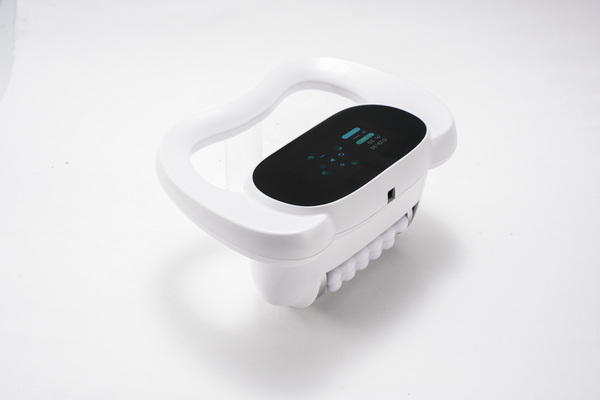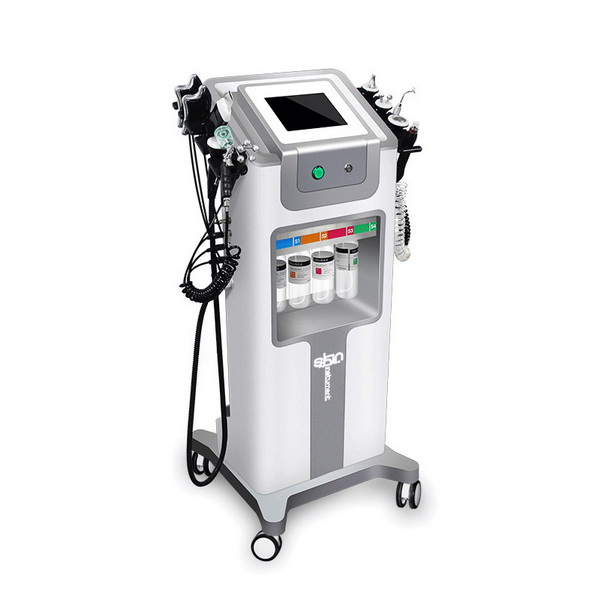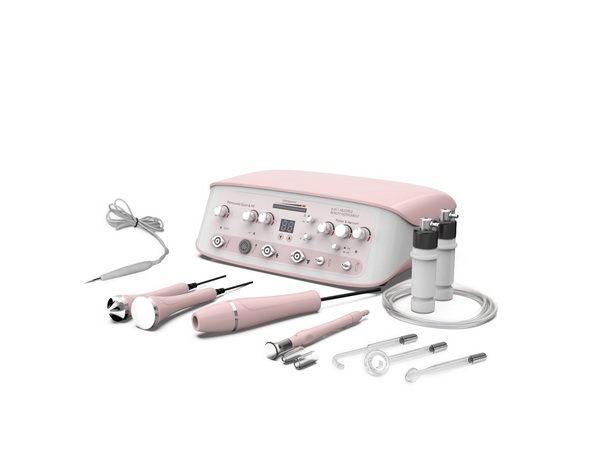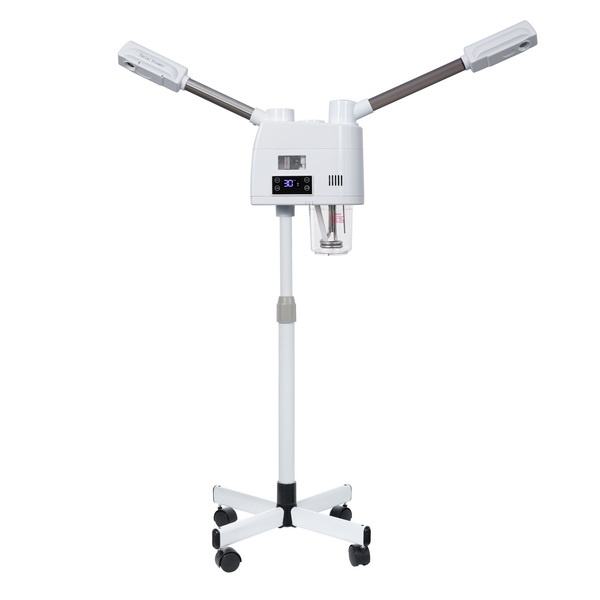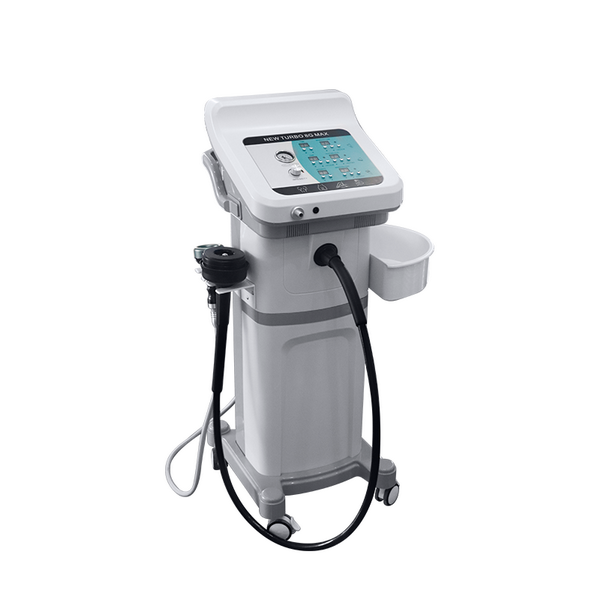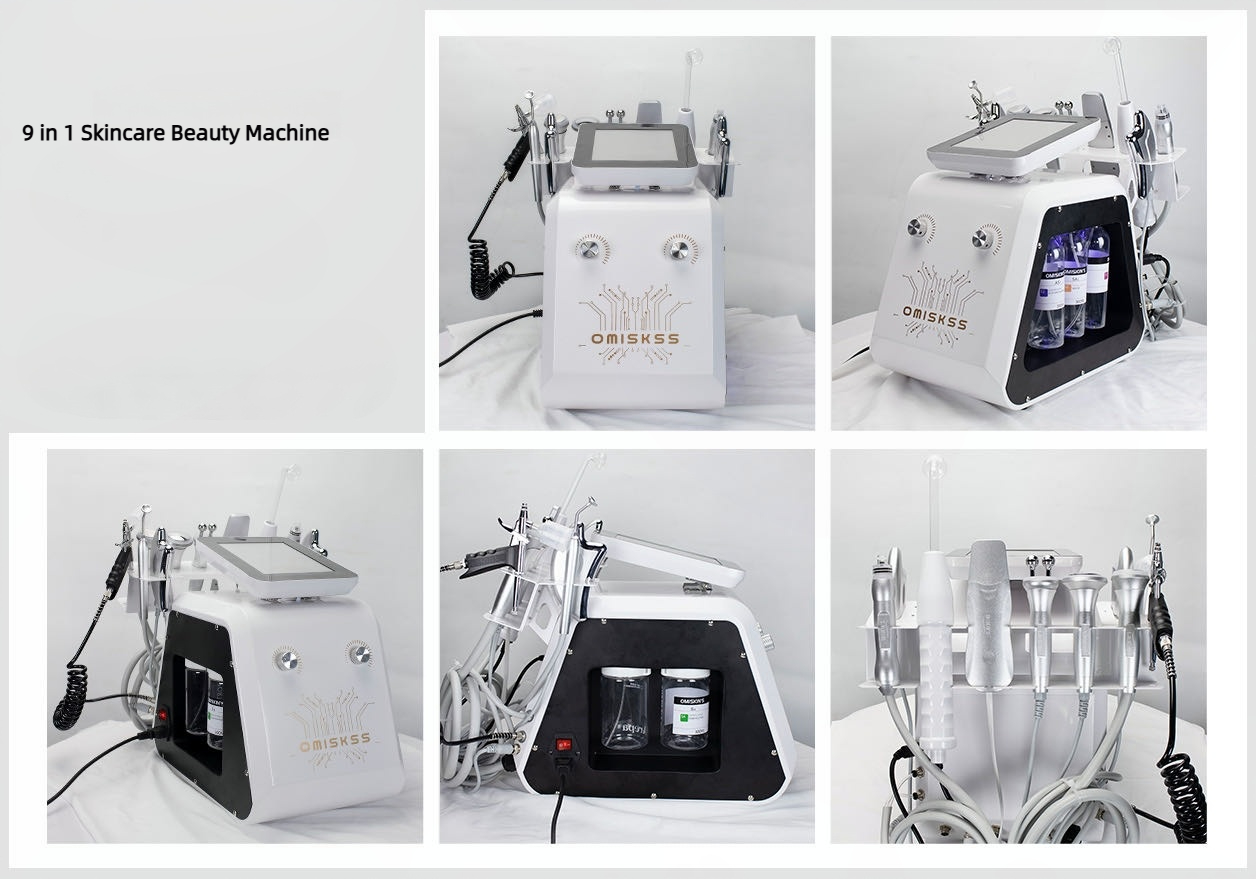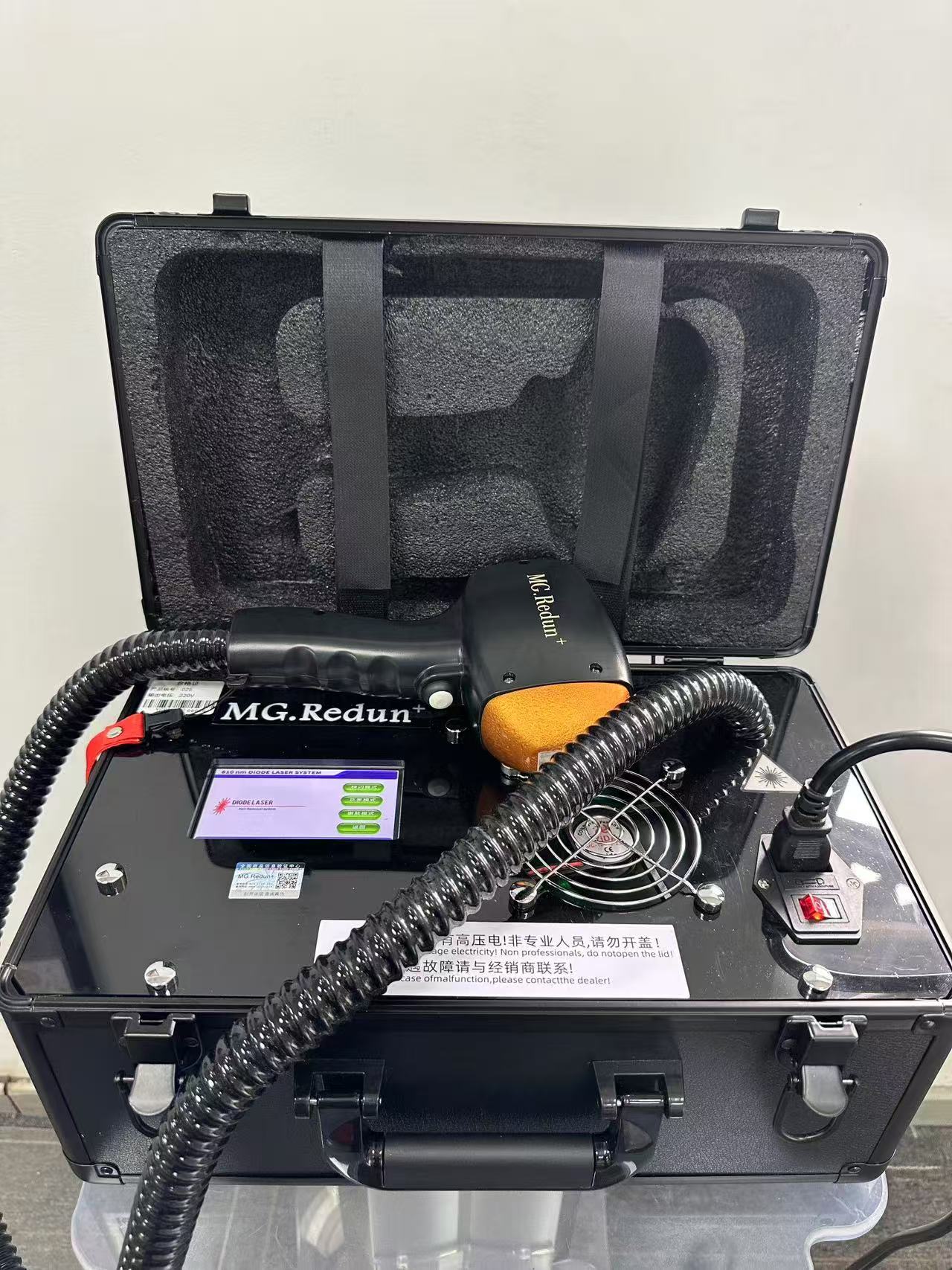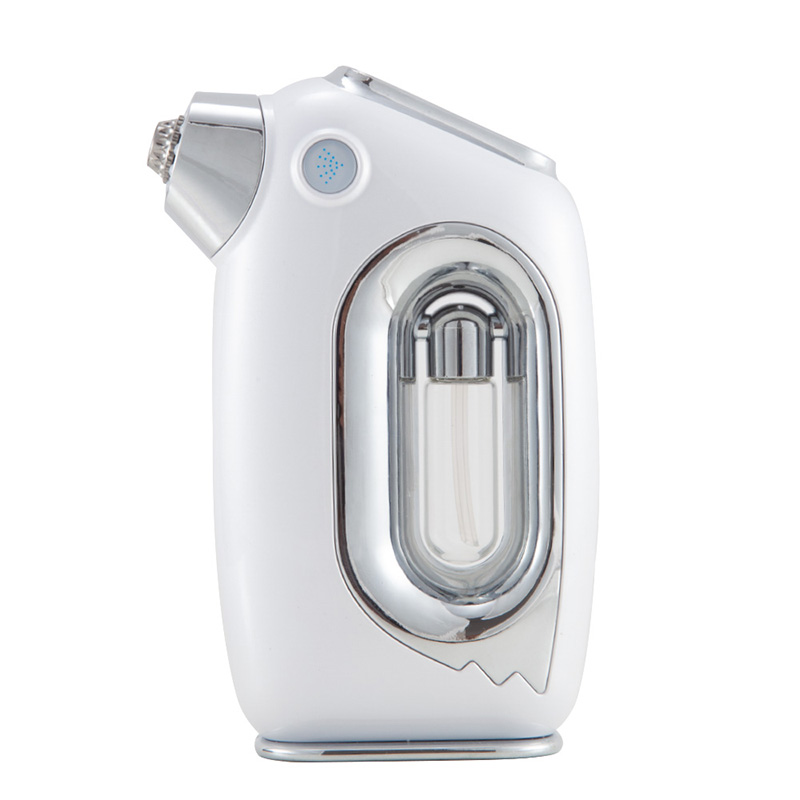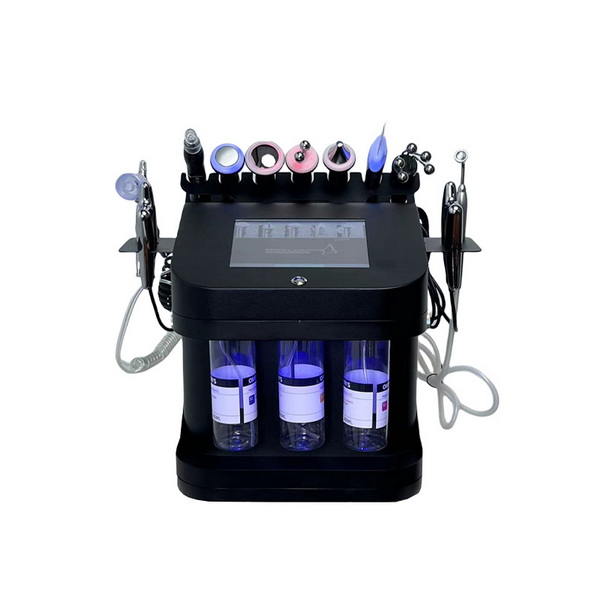What Is Fat Cavitation?
Fat cavitation, also known as ultrasonic cavitation, is a non-invasive cosmetic procedure designed to reduce localized fat deposits. This treatment uses low-frequency ultrasound waves to break down fat cells, which are then naturally eliminated by the body. Unlike surgical methods like liposuction, fat cavitation requires no incisions, making it a popular choice for those seeking a safer alternative.

Fat Cavitation vs. CoolSculpting
Both are non-surgical, but they work differently. Fat cavitation uses ultrasound waves, while CoolSculpting freezes fat cells. Cavitation may require more sessions, but it often shows faster initial results.
How Does Fat Cavitation Work?
The process involves a handheld device that emits ultrasonic waves, creating microscopic bubbles in the fat layers. These bubbles expand and collapse, disrupting the fat cell membranes. Once the fat cells are broken down, the body’s lymphatic system processes and removes them over time.
Fat cavitation is commonly used on areas such as the abdomen, thighs, arms, and love handles. Multiple sessions are usually required for optimal results, and patients often combine it with other treatments like radiofrequency or massage for enhanced effects.
Benefits of Fat Cavitation
Fat cavitation offers numerous advantages for individuals looking to contour their bodies without surgery.
Non-Surgical and Pain-Free
One of the biggest benefits is that fat cavitation is non-invasive. There are no needles, incisions, or downtime involved. Patients can resume their daily activities immediately after the session.
Targets Stubborn Fat
Even with diet and exercise, some fat deposits can be resistant. Fat cavitation specifically targets these stubborn areas, helping to sculpt a more defined physique.
Improves Skin Tightening
Some devices used in fat cavitation also promote collagen production, leading to firmer, smoother skin in the treated areas.
Who Is an Ideal Candidate for Fat Cavitation?
Fat cavitation is best suited for individuals who are close to their ideal weight but struggle with localized fat. It is not a weight-loss solution for obesity but rather a body-sculpting treatment.
Good Candidates Include:
- People with BMI under 30
- Those with firm, elastic skin
- Individuals committed to maintaining results with a healthy lifestyle
Who Should Avoid Fat Cavitation?
- Pregnant or breastfeeding women
- People with liver or kidney disorders
- Those with metal implants in the treatment area
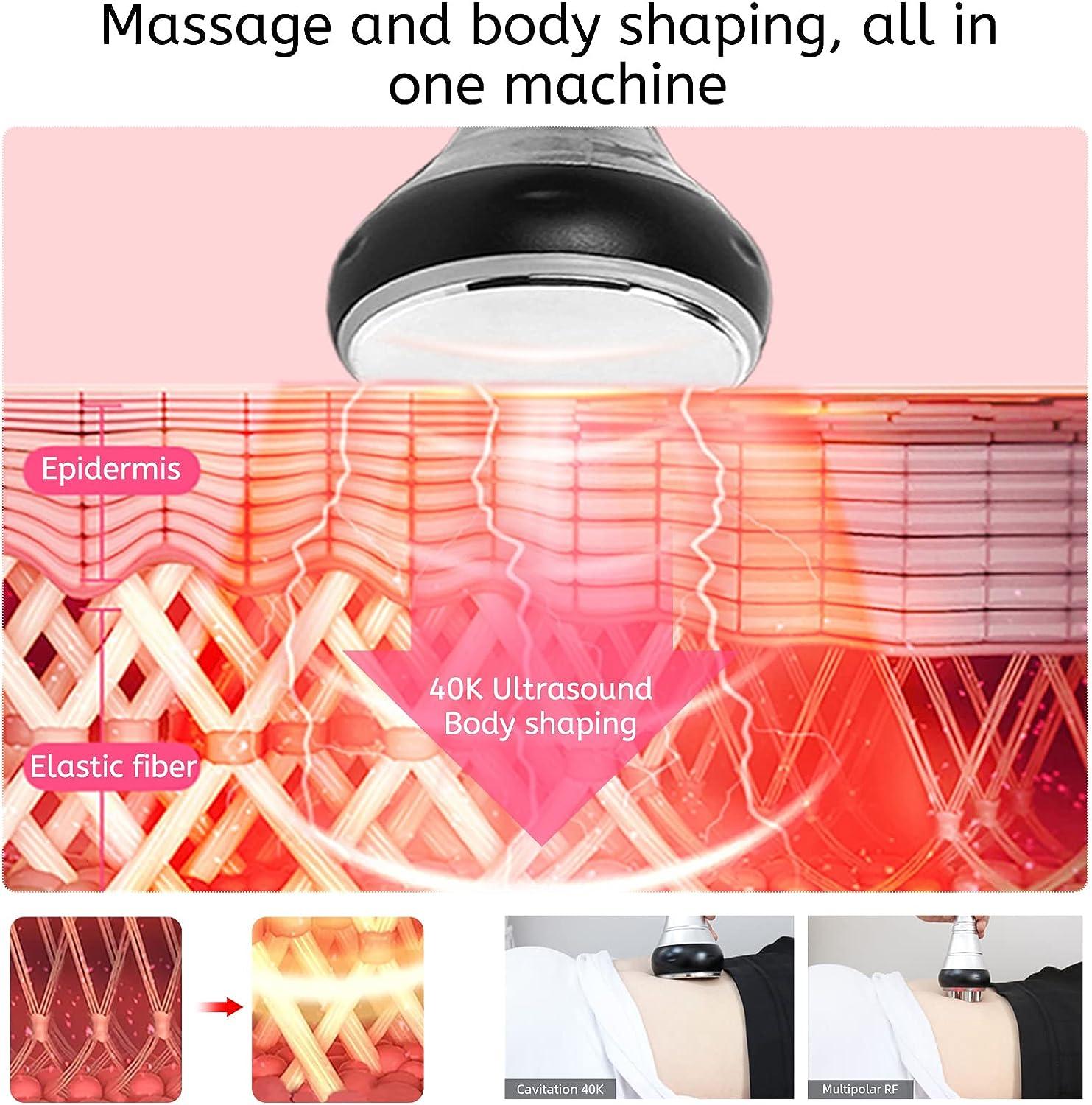
What to Expect During a Fat Cavitation Session
A typical session lasts between 30 to 60 minutes. The practitioner applies a gel to the skin and moves the cavitation device in circular motions. Most patients report a warm, tingling sensation but no pain.
Post-Treatment Care
- Drink plenty of water to flush out fat cells
- Avoid alcohol and processed foods
- Engage in light exercise to stimulate lymphatic drainage
How to Get the Best Results from Fat Cavitation
To achieve optimal fat reduction with cavitation, follow these expert-recommended strategies.
Stay Hydrated
Water helps flush out broken-down fat cells, so drink at least 2 liters daily.
Combine with Lymphatic Drainage Massage
This enhances fat elimination and reduces bloating.
Maintain a Healthy Diet
Avoid sugary and fatty foods to prevent new fat storage.
Conclusion
Fat cavitation is a compelling option for those seeking a non-surgical fat reduction method. While it may not replace traditional weight loss techniques, it effectively complements a healthy lifestyle for better body contouring.

